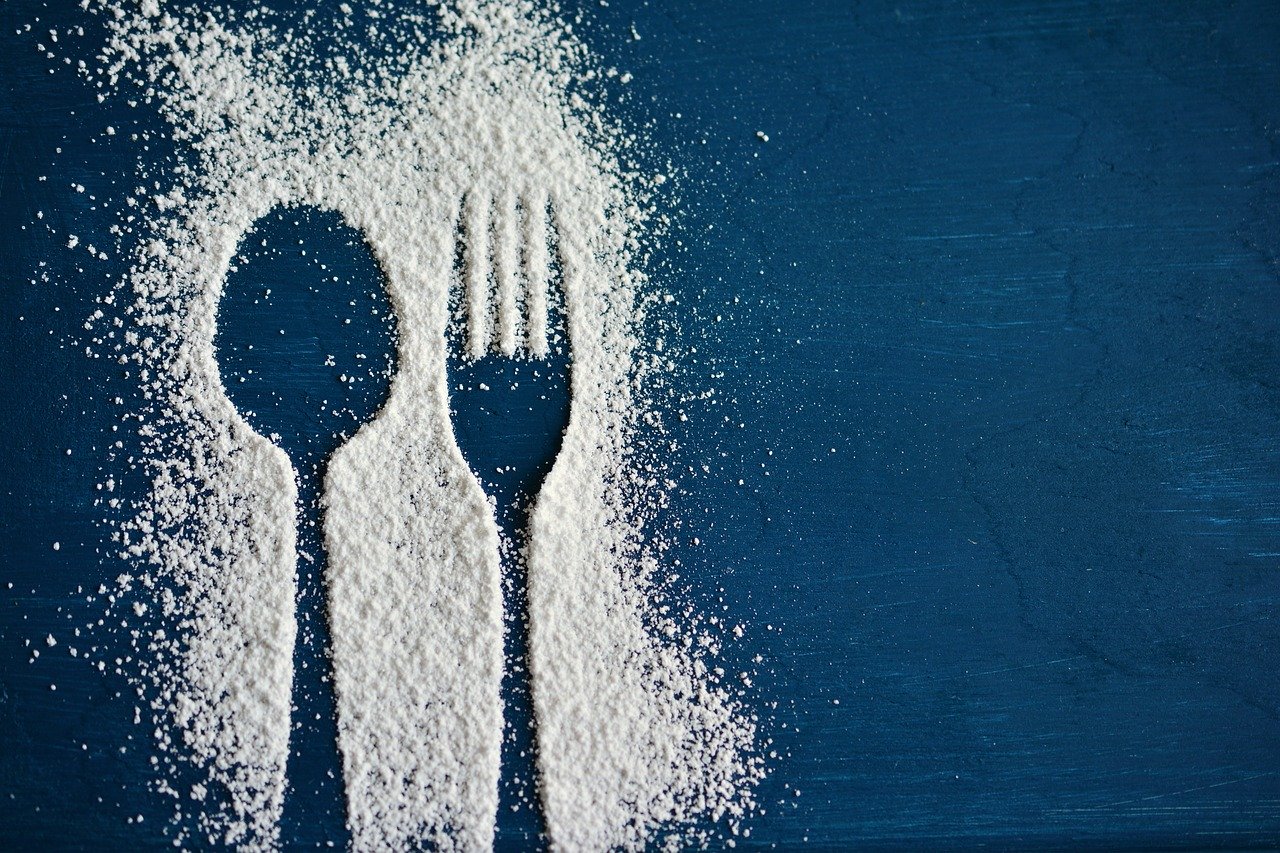

As you walk through the aisles of your local supermarket, you may notice a striking difference from previous years. The FDA now requires large food and beverage manufacturers to list the amount of added sugars in their products on nutrition facts labels. Regulators announced the new requirement back in 2016, but the deadline to comply was extended to 2020 for larger companies and 2021 for smaller food manufacturers.
The FDA hopes that listing this new content will help more Americans scale back their sugar intake and realize just how much of it they eat and drink. The U.S. consumes more than its fair of sugar, leading to a range of health complications.
As these changes take effect, researchers are starting to calculate the potential benefits and cost savings of this new requirement. Learn more about why the FDA is cracking down on added sugars and how this change could benefit your patients.
What Are Added Sugars?
Added sugars are different from those that appear naturally in fruits, vegetables, and dairy products, and are used in pre-made food and beverage products to make them sweeter and more delicious. Specific ingredients containing these additives may include corn syrup, brown sugar, malt sugar, maltose, honey, raw sugar, molasses, and others.
You can usually find them in snacks, frozen goods, pastries, and especially beverages like sodas, juices, and energy drinks. In fact, beverages account for almost half (47%) of all added sugars consumed by the U.S. population.
According to the 2015-2020 Dietary Guidelines for Americans, added sugars account, on average, for almost 270 calories (more than 13% of calories) consumed per day by the U.S. population. Intake levels tend to be higher among young adults and children. Low-income individuals tend to consume more sugar than the average American.
Intake levels can also vary by race and ethnicity. Non-Hispanic white youth consume more added sugars than Mexican American youth, and non-Hispanic black adults ingest more than non-Hispanic white and Mexican American adults.
New Labeling Requirements
News flash: Americans are eating too much sugar. Today, the average American consumes almost 152 pounds of it in a single year. This equals three pounds (or six cups) of it each week. All this added sweetness adds extra calories that most people don’t need. Getting fewer calories from added sugars can prolong lives and lead to healthier patient outcomes.
According to the CDC, Americans should keep their intake of added sugars to less than 10% of their total daily calories as part of a healthy diet. So, if a person usually consumes 2,000 calories a day, they shouldn’t get more than 200 calories from the sweet additives.
Measuring the Potential Benefits
A recent study sought to measure the potential benefits of this new regulation. According to the results, the new addition to nutrition labels could:
Furthermore, if food and beverage manufacturers reduce the amount of sugar they add to products, it could:
If some of your patients are gaining weight or are at risk of obesity, diabetes, or heart disease, talk to them about the dangers of eating too many added sugars. Encourage them to track how many calories they get from artificially sweetened foods and beverages, so they can eventually reduce their intake.
They can switch to diet, low-sugar beverages, or water. Help them make the distinction between artificially sweetened beverages and all-natural fruit juices,and encourage them to look for the new sugar label when shopping at the grocery store.
When we discuss students, we always mention their qualities. Those qualities show what they are…
If you or someone you know is juggling mental health issues alongside substance abuse, understanding…
For the last couple of weeks, the Israel-Hamas conflict has taken over the news cycle.…
Our eyes are invaluable, serving as our windows to the world. The ability to see…
Undoubtedly, one of the most demanding and challenging professions is nursing. Nurses work long hours in…
Echocardiography, or echo for short, is a key diagnostic test used by cardiologists to assess…